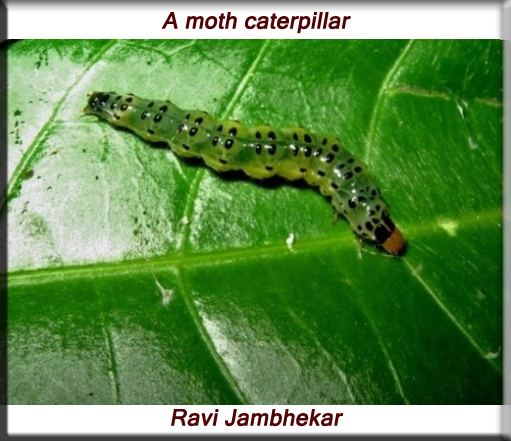It is a common myth that any baby (or adult) bird or mammal that has been touched by human hands will be killed by the rest of its group. This belief has most strongly been associated with baby birds, making people extremely reluctant to pick up and leave babies back in their nest even when the parents are around.
Over innumerable years, we have reunited many youngsters successfully, and inevitably, they have all been handled by human hands for several hours or days before being reunited. The key factor in the acceptance of the animal by the parent and other group members seems not to be the smell of human touch on the animal, but the actual process of reuniting.
A common mistake that most people make while attempting to reunite an animal is that they linger on too close and in turn, frighten the parents away. When trying to place an animal back in its nest, you must always keep a safe distance from the nest and the rest of the group so as not to scare them away. It is easy to get impatient and want to return to the animal after short intervals, but you must refrain from doing so, rather, observe from a distance. Success is more likely than not. I can hardly believe any parent would refuse to accept its own child just because a ‘human’ has touched it!
Some people have suggested the use of gloves to prevent direct contact with the animal. Although you may not always have gloves on you when you need to handle an animal and it isn’t completely necessary to have them when handling a rescue, you may choose to use them if you prefer to.


























